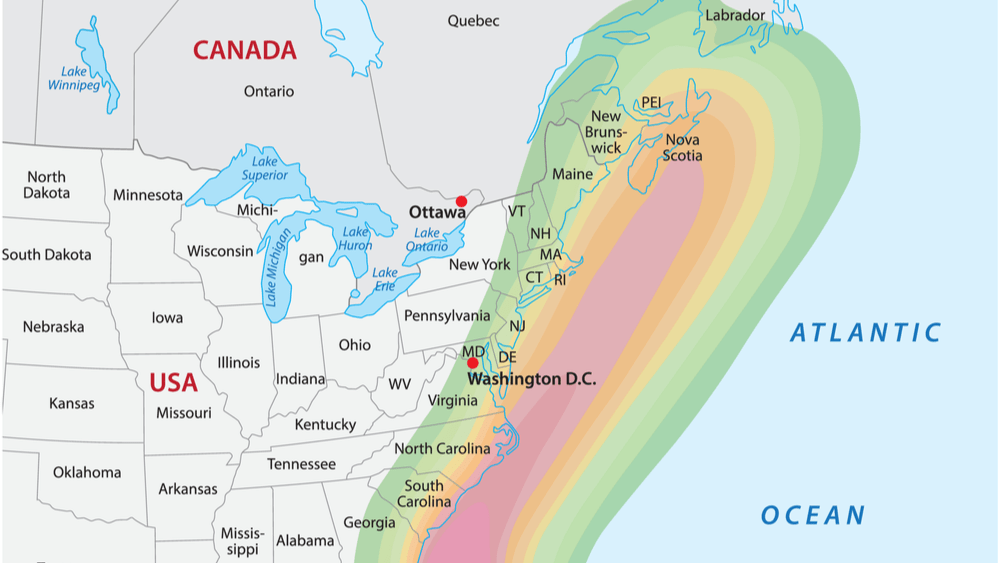U.S. District Judge James Boasberg has ordered the shutting down of the Dakota Access Pipeline in the United States. It begins in the shale oil fields of northwest North Dakota and passes through South Dakota and Iowa before ending in Pakota Illinois. It was the subject of sometimes violent clashes between native groups and their allies with the pipeline security guards and police during months of protests in 2016 and 2017, while pipeline construction was attempted near the Standing Rock Sioux Reservation.
Led by Standing Rock Sioux opposition to the 1,100-mile (1,886-km) pipeline, a coalition of 75 U.S. and Canadian native groups, as well as their allies, opposed to the expansion of North American oil production fought against the Dakota Access pipeline. It represented "the largest Native American protest in decades and included violent confrontations ... between protesters and security guards." (https://fr.reuters.com/article/idUKKCN11T2BL)
During confrontations in 2017, "law enforcement officers at times used pepper spray, rubber bullets and a high-pitched "long-range acoustic device" to disperse or control the crowd. Most officers on the front lines of the standoff held batons, wore riot gear and were backed by armored vehicles". (https://www.eenews.net/stories/1060045082)
A fire burns as law enforcement officers attempt to move protesters in North Dakota from their barricade along a state highway near the Dakota Access pipeline route in 2017. Photo courtesy of AP Images.
A judge on Monday ordered the Dakota Access pipeline shut down for additional environmental review more than three years after it began pumping oil -- handing a victory to the Standing Rock Sioux Tribe and delivering a blow to U.S. President Donald Trump's efforts to weaken public health and environmental protections it views as obstacles to businesses.
In a 24-page order, U.S. District Judge James Boasberg in Washington, D.C., wrote that he was "mindful of the disruption" that shutting down the pipeline would cause, but that it must be done within 30 days. Pipeline owner Energy Transfer Partners plans to ask a court to halt the order and will seek an expedited appeal, spokeswoman Vicki Granado said.
The order comes after Boesberg said in April that a more extensive review was necessary than what the U.S. Army Corps of Engineers already conducted and that he would consider whether the pipeline should be shuttered during the new assessment. ...
"Yet, given the seriousness of the Corps' NEPA (National Environmental Policy Act) error, the impossibility of a simple fix, the fact that Dakota Access did assume much of its economic risk knowingly, and the potential harm each day the pipeline operates, the Court is forced to conclude that the flow of oil must cease," he added.
The findings may challenge the legal footing for the Trump administration's most momentous environmental rollbacks. Trump surrounded himself with industry leaders and workers in hard hats this January when he announced plans to overhaul the rules for enforcing NEPA.
The Dakota Access pipeline was the subject of months of protests in 2016 and 2017, sometimes violent, during its construction near the Standing Rock Sioux Reservation that straddles the North Dakota-South Dakota border. The tribe pressed litigation against the pipeline even after it began carrying oil from North Dakota across South Dakota and Iowa and to a shipping point in Illinois in June 2017. ...
"This pipeline should have never been built here. We told them that from the beginning," Standing Rock Sioux Chairman Mike Faith said in a statement. ...
Boasberg ruled then that the Corps "largely complied" with environmental law when permitting the pipeline but ordered more review because he said the agency did not adequately consider how an oil spill under the Missouri River might affect the Standing Rock Sioux's fishing and hunting rights, or whether it might disproportionately affect the tribal community.
https://www.ctvnews.ca/world/judge-orders-dakota-access-pipeline-shut-do...


/https://public-media.si-cdn.com/filer/47/38/4738a70f-387d-4774-9c46-aa4d6a0f198c/gettyimages-1217493137.jpg)

/https://www.thestar.com/content/dam/thestar/news/canada/2020/07/06/warren-buffett-decision-shows-lng-projects-on-shaky-political-economic-ground-report/warren_buffett.jpg)


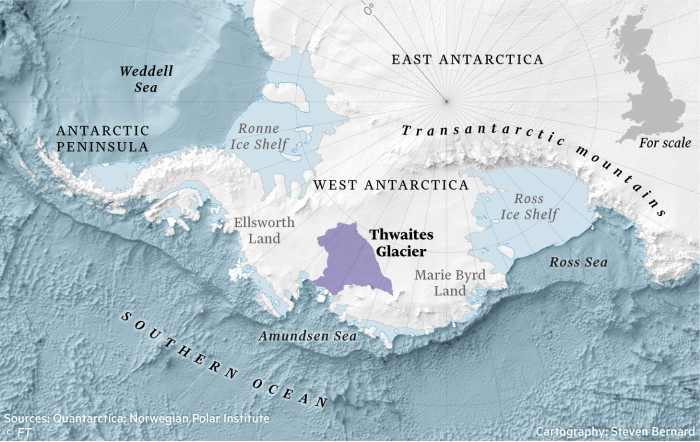
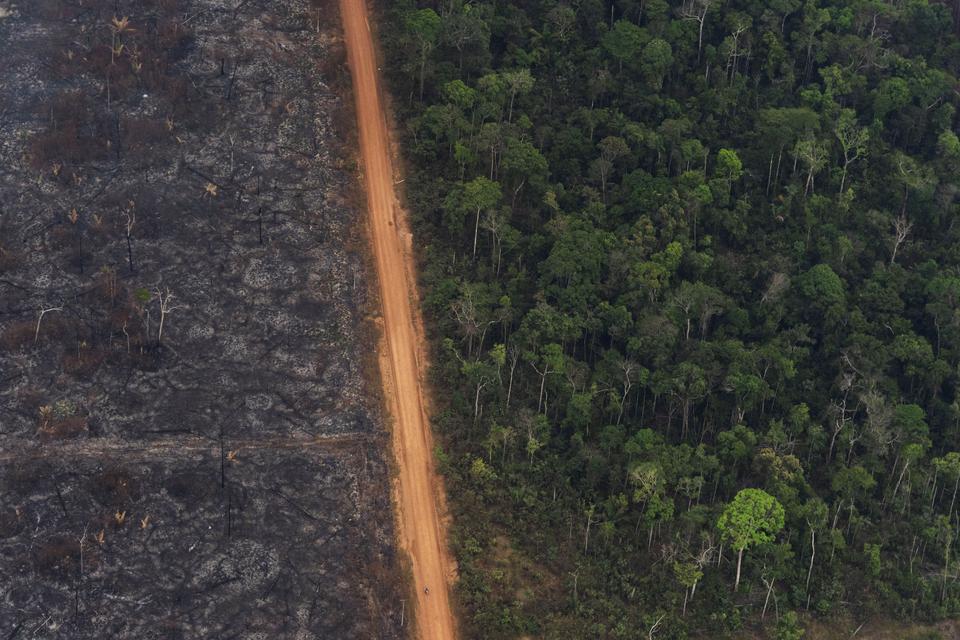




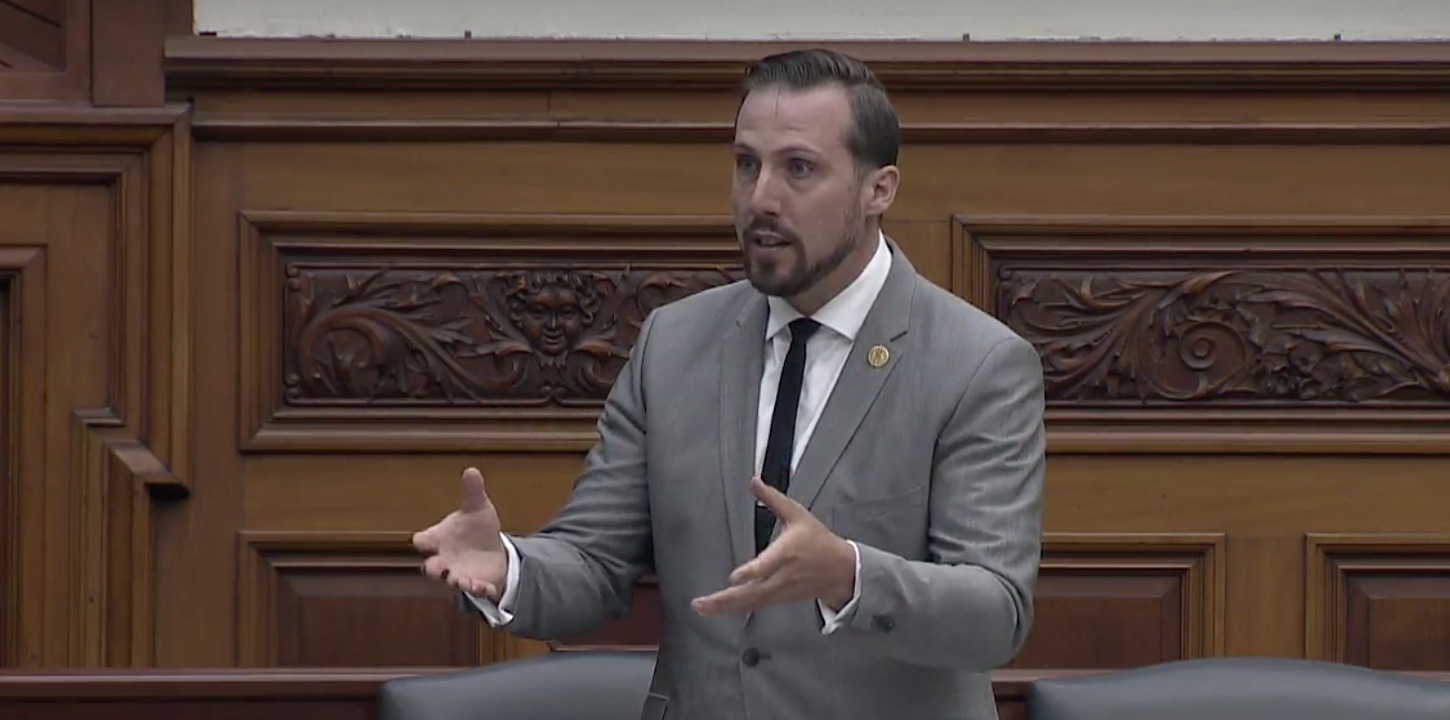


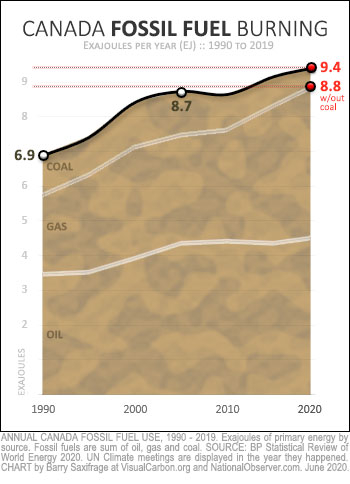
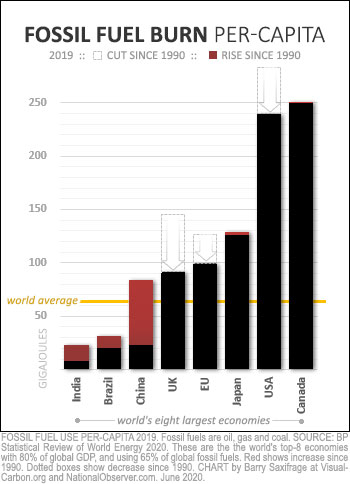


 The 5m-odd Norwegians own more than 1% of all the shares in the world
The 5m-odd Norwegians own more than 1% of all the shares in the world


/https://www.thestar.com/content/dam/thestar/news/canada/2020/07/25/water-levels-near-record-high-in-northern-saskatchewan/churchill_river.jpg)
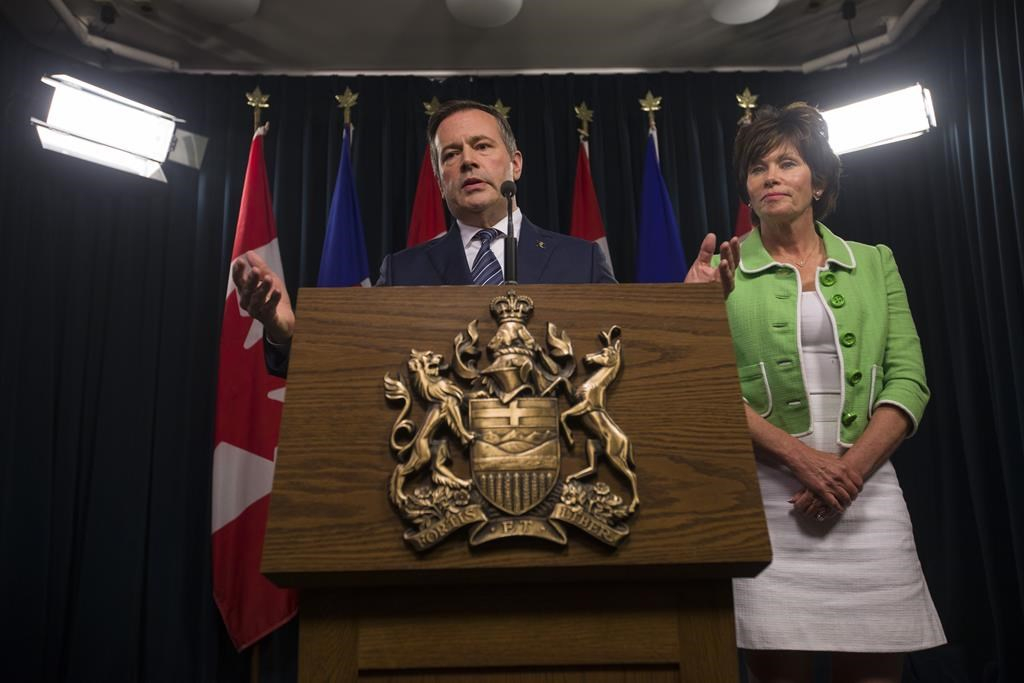







 © Provided by Guardian News The community spent tens of thousands of dollars to build a rock wall to shore up Lennox Island’s cemetery against the rising waters.
© Provided by Guardian News The community spent tens of thousands of dollars to build a rock wall to shore up Lennox Island’s cemetery against the rising waters.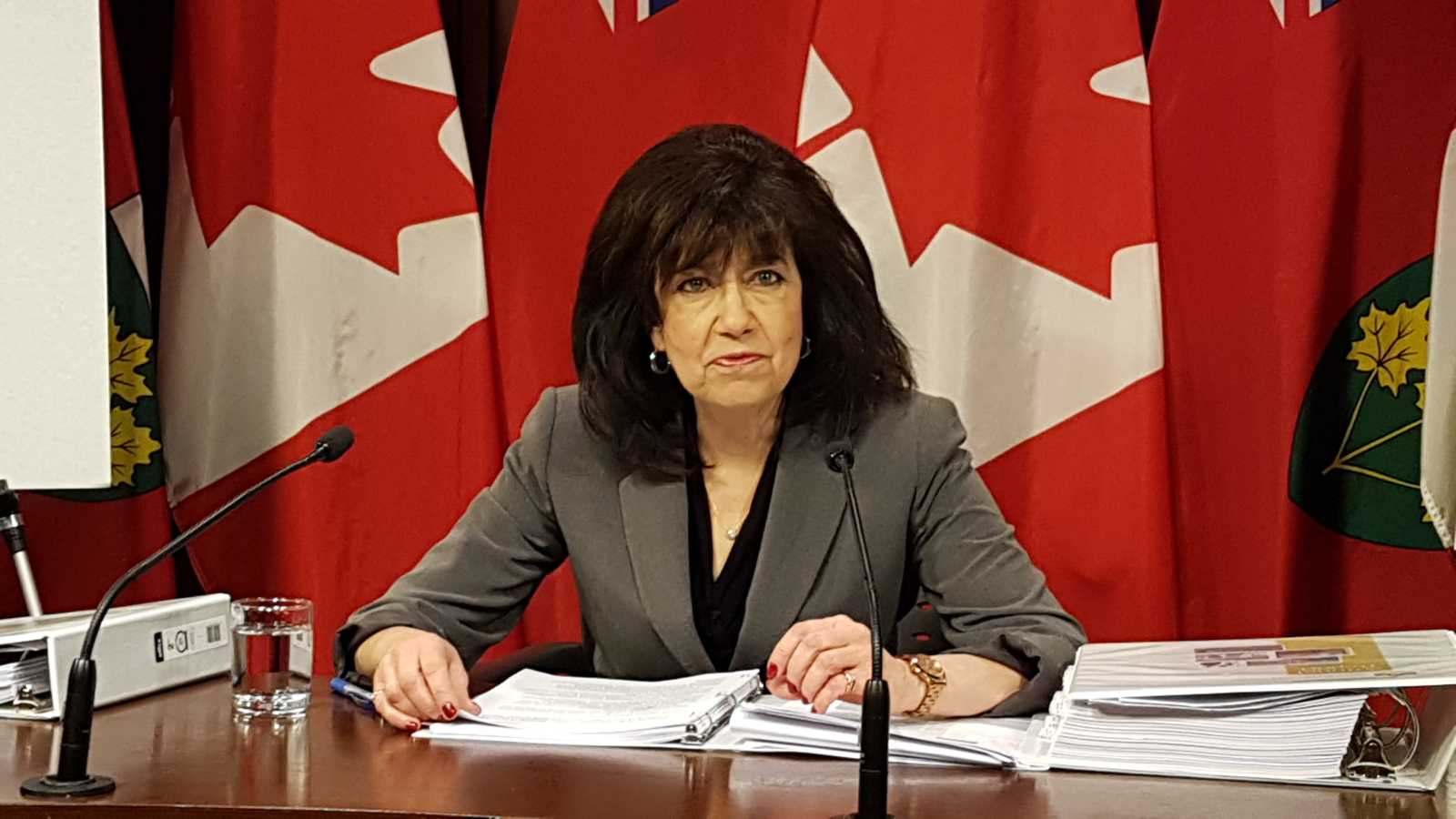

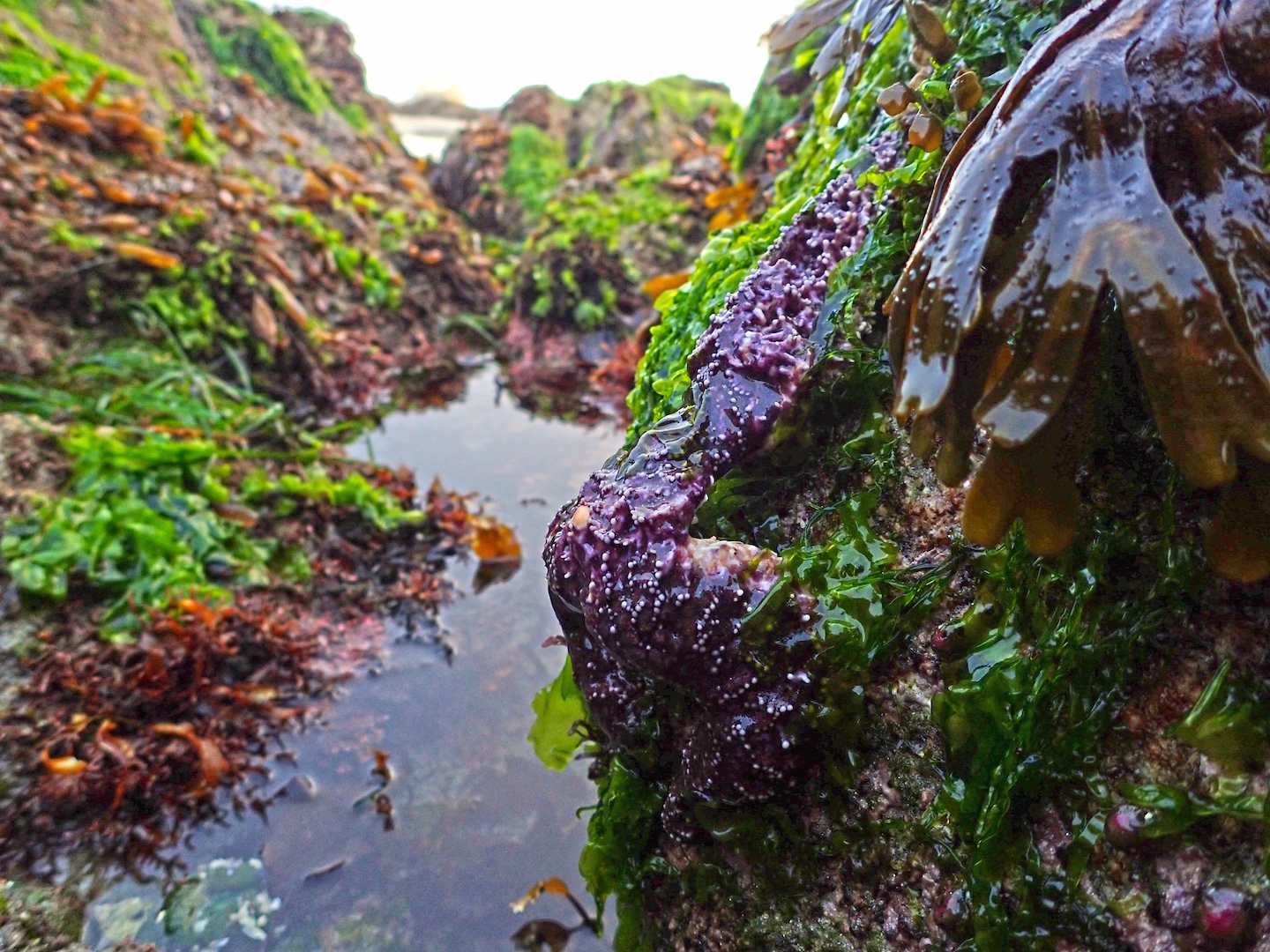 An ochre star clinging to a rock on B.C.'s West Coast in August 2019 shows white blotches, indicating sea star wasting disease. Photo: Courtesy Alyssa Gehman
An ochre star clinging to a rock on B.C.'s West Coast in August 2019 shows white blotches, indicating sea star wasting disease. Photo: Courtesy Alyssa Gehman